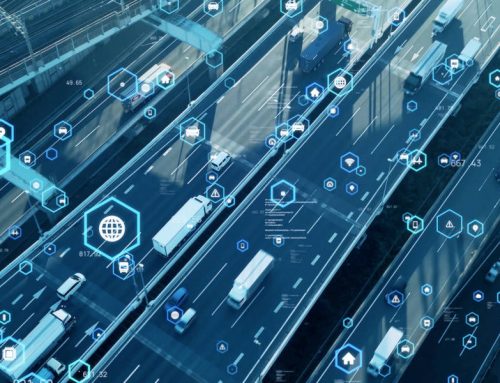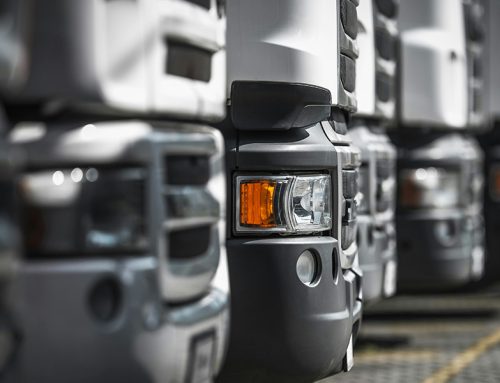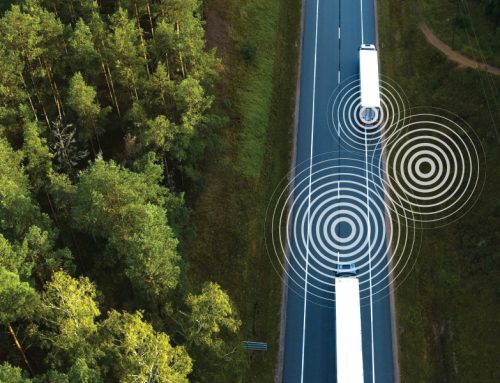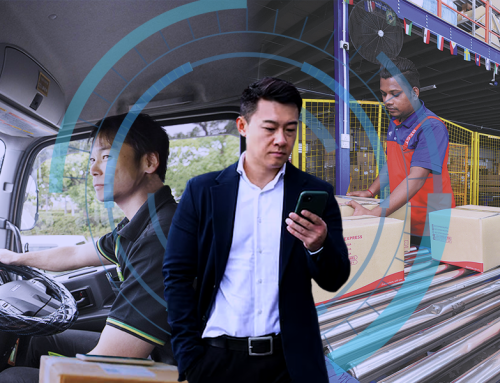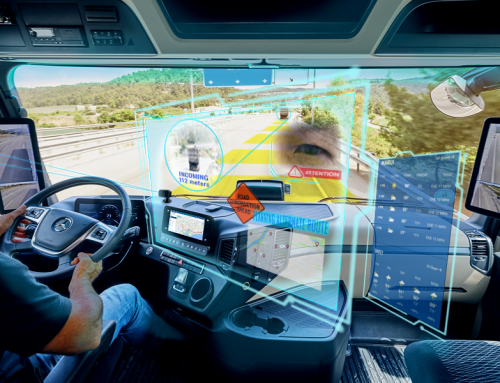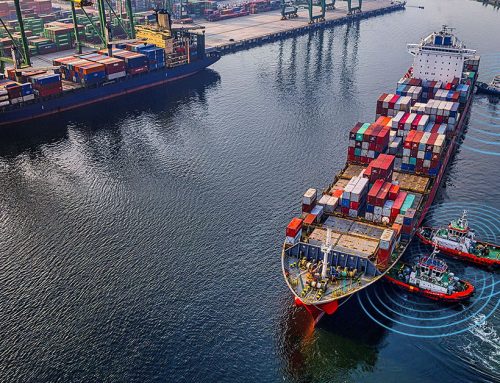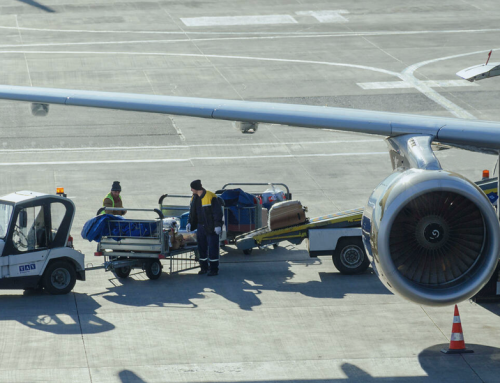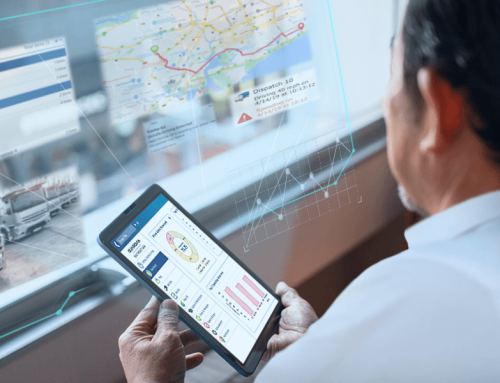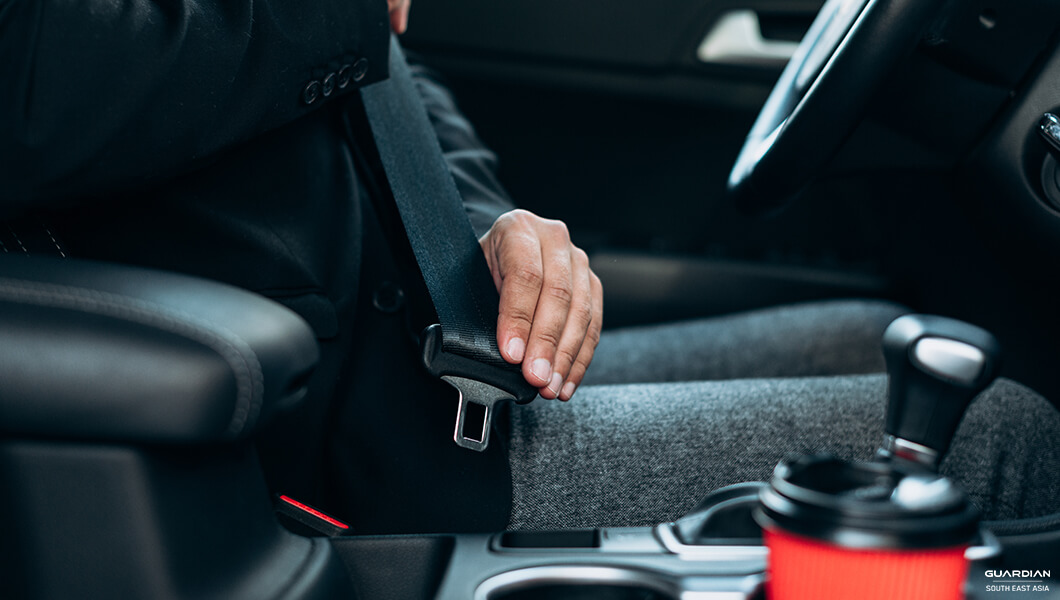
Keeping your fleet safe is vital to an organisation that relies on one for its day-to-day operation. A company’s losses due to accidents aren’t just limited to equipment damage. An organisation with a horrible safety profile will suffer a loss of reputation, which can also have a massive impact on the overall profitability of the business. Nothing is as important as the safety of your fleet, and keeping everyone involved from bodily harm and possible loss of life should be of paramount importance in any organisation.
1. Create A Culture Of Safety
Safety is essential in any organisation, and creating a safety culture is vital for everyone involved. Unfortunately, there are times when drivers take risks such as speeding to make deliveries on time, neglecting to take proper safety measures such as wearing a seatbelt, or getting distracted while driving. Build a strong safety culture by having everyone go through adequate safety training and ensure that drivers follow company safety regulations, obey the law and instill the mindset that one can be productive without taking risks. Deploying a comprehensive safety program that includes constant reminders and training goes a long way toward building a strong culture of safety that ultimately benefits everyone involved.
2. Implementing The Right Tools
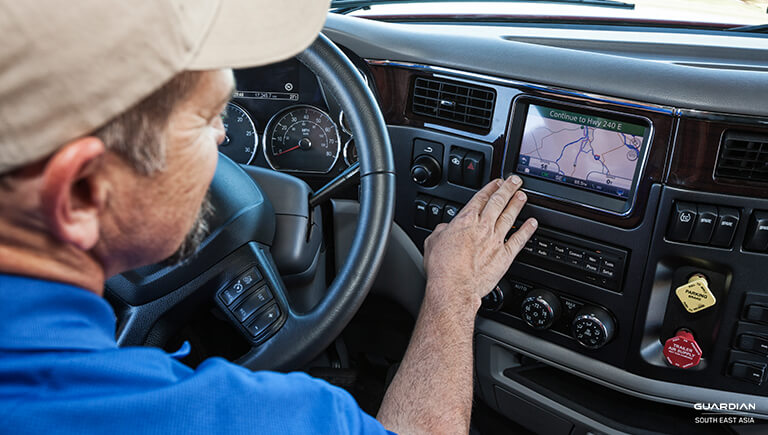
Technology plays an integral part in ensuring fleet safety. Guardian SEA’s fleet management system has the right tools to help a fleet manager keep your drivers and organisation safe.
3. Driver Score Cards
Guardian SEA provides data and alerts of possible risky behaviours such as speeding, aggressive driving, and distracted driving instances that a fleet manager can use to keep on top of the safety profile of the fleet. Having the correct data on which drivers have bad behaviour allows the fleet manager to put the proper training to correct and improve driver behaviour and minimise risk. Driver scorecard reports are easy to use and can be customised to focus on which particular safety aspect your organisation wants to prioritise.
4. Driver Drive Times
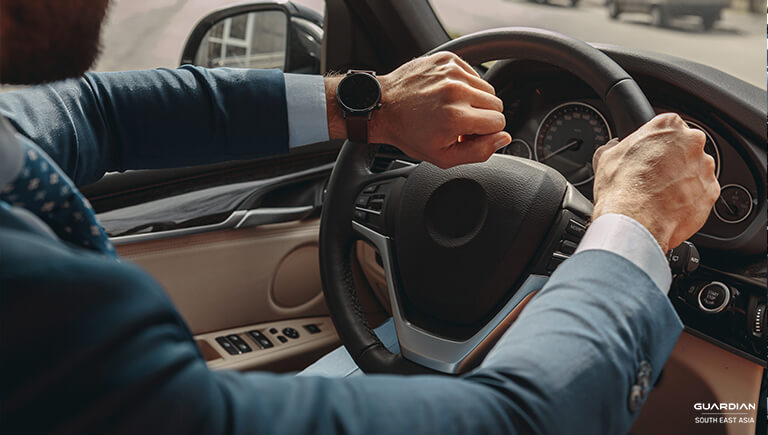
Another helpful tool provided by Guardian SEA is the hours of service report. Having tired and drowsy drivers on the road is a serious safety risk. Fatigue impairs decision-making, reduces reaction time, and increases the likelihood of a crash. Tracking drivers’ hours is essential to ensure that drivers are not overly tired and at risk to themselves, their passengers, and everyone involved. Guardian SEA makes it easy for fleet managers to track driver hours of service and ensure that drivers perform optimally.
5. Incorporating Collision Detection Tech
Incorporating advanced collision detection tech into your fleet can assist your drivers in keeping safe. Guardian SEA’s advanced collision detection technology alerts drivers of an impending collision even in blind spots and allows drivers enough time to avoid accidents. Data clearly show that fleets with this system have a lower incidence of accidents. The system’s visual and auditory alerts effectively give drivers the necessary time to avoid a collision.
6. Distracted Driving Alerts

Distracted driving is the leading cause of road accidents based on worldwide data accounting for more than 280,000 injuries per year. Distracted driving can be due to driver fatigue, texting, visual distractions, auditory distraction, eating while driving, or even responding to a conversation. These are all behaviours that can put your vehicle and driver at risk. Guardian SEA’s advanced driver assistance technology provides real-time solutions to reduce instances of distracted driving. Guardian SEA incorporates intelligent face and eye-tracking technology to identify distracted driving events and initiate real-time measures to alert the driver. Guardian SEA’s driver assistance technology is proven to reduce instances of distraction events by up to 90% through alerts and in-cab intervention. Adopting Guardian SEA’s driver assistance technology can mitigate risk and ensure your driver keep their eyes on the road and drive safely.
